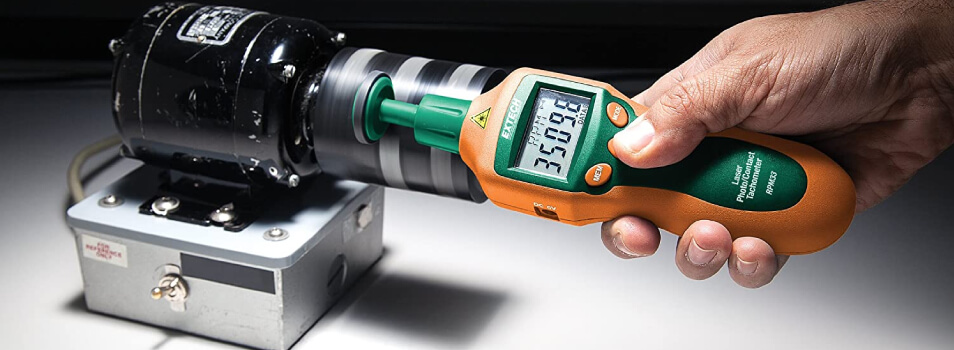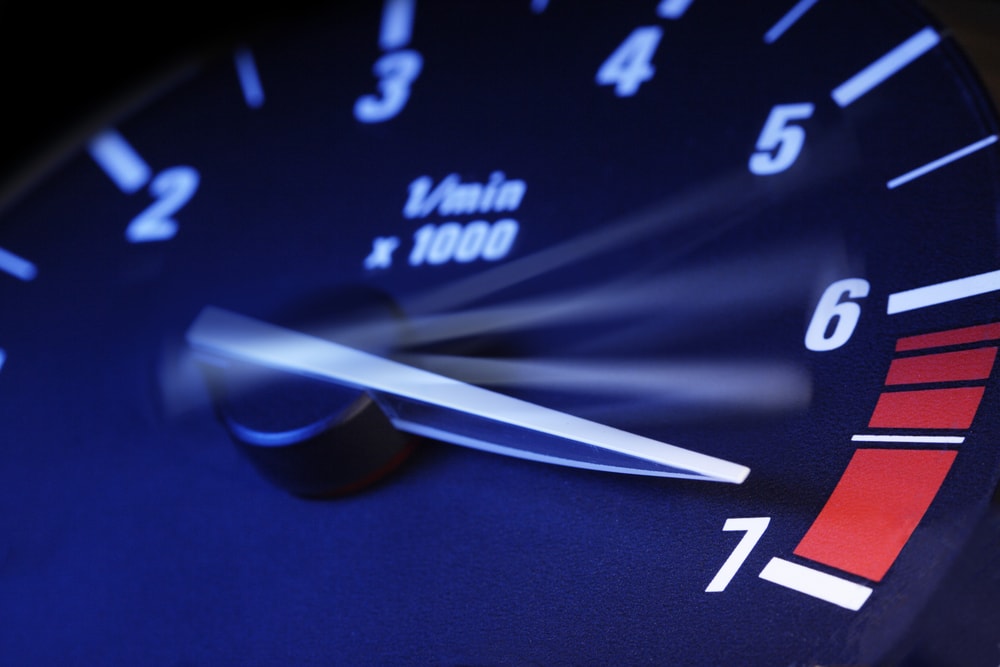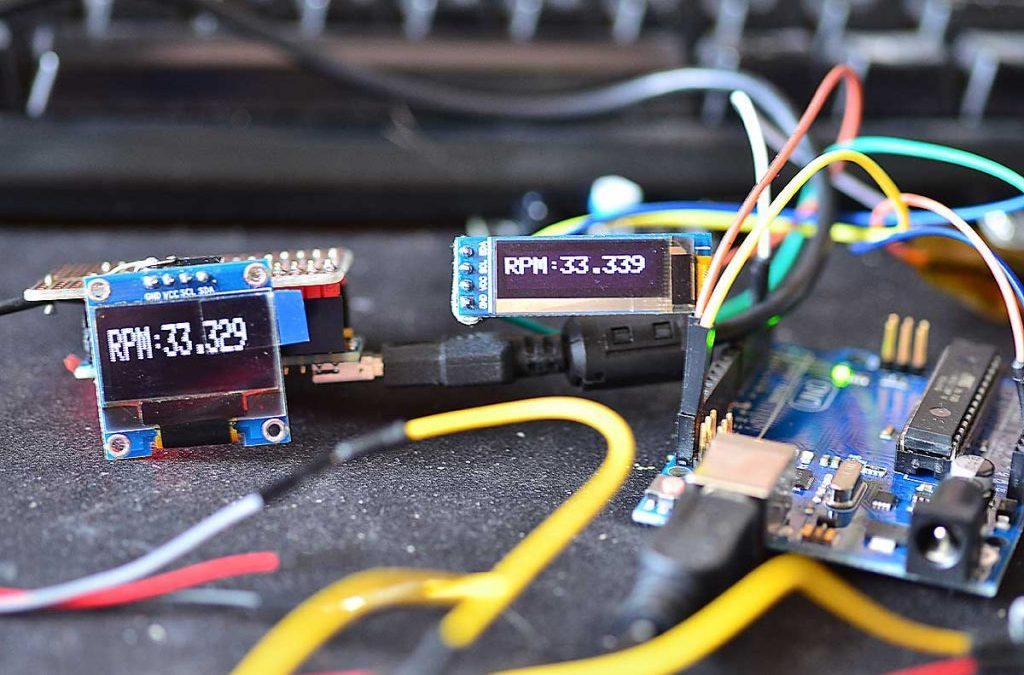Are you looking to install a tachometer in your vehicle? Knowing how to hook up a tachometer can be highly beneficial. This crucial tool helps monitor your engines RPM, ensuring it runs within recommended limits. This tutorial provides a step-by-step guide on how to install a tachometer efficiently.

Introduction to Tachometers
A tachometer is an instrument used to measure the rotation speed of a shaft or disk. In automobiles, it reflects the engine’s RPM. For an in-depth understanding of what a tachometer is, you can refer to this Wikipedia page.
Importance of a Tachometer
A tachometer keeps track of the engines RPM, helping to avoid damage from over-revving, improving overall vehicle performance, and ensuring fuel efficiency.
Step-by-Step Guide to Hook Up a Tachometer
Step 1: Understanding Your Vehicles System
Before you begin, it is important to understand your vehicle’s electrical system. Each car model may have a different wiring system, which can affect how you hook up the tachometer.
Subheading Keywords Integration
Step 2: Gathering the Necessary Tools
Ensure you have all the required tools. Basic tools include:
- Multimeter
- Wire stripper
- Electrical tape
- Connectors and terminals
- Screwdrivers
Step 3: Safety Precautions
Before starting, disconnect the battery to ensure your safety. Wear gloves and safety glasses as a precaution.
Step 4: Locating the Ignition Coil
The ignition coil is crucial for the tachometer connection. Generally, it is found near the engine block. Consult your vehicles manual for the exact location.
Installing the Tachometer
Step 5: Connecting the Wires
The typical tachometer has four wires: red, black, green, and white. Follow these guidelines for connection:
- Red: Connects to the ignition switch for power.
- Black: Grounds to the vehicles chassis.
- Green: Connects to the negative side of the ignition coil.
- White: Connects to the dashboard lights for visibility.
Step 6: Mounting the Tachometer
Position the tachometer within easy view but without obstructing other gauges. Typically, the dashboard or the A-pillar is a good spot.
Step 7: Testing the Installation
Reconnect the battery and start the engine. The tachometer should display the RPM. Ensure the reading is accurate by comparing it with an OBD-II scanner.
Fine-tuning and Calibration
Step 8: Calibrating the Tachometer
If the reading is not accurate, you may need to calibrate the tachometer. Refer to the tachometers manual for the calibration process, which generally involves adjusting a dial on the back of the unit.
Troubleshooting Common Issues
If you encounter any issues, double-check the connections. Ensure that all wires are securely connected and that there are no loose connections or frayed wires.
Advanced Tips for a Successful Installation
For those who are more adventurous or experienced, consider routing the tachometer wiring through existing grommets and harnesses to maintain a clean and professional installation.
Technology Meets Practicality
Understanding Advanced Tachometer Features
Modern tachometers come with advanced features such as shift lights, data logging, and programmable alarms. Understanding these features will help you get the most out of your tachometer.
Maintenance Tips
Maintain your tachometer to ensure its longevity. Regularly check the wiring and connections, and keep the gauge clean from dust and grime.
Related Technologies
For more on related automotive technologies, check out the following resources on high-speed paint and coating application inspection and high-speed genetic analysis and sequencing monitoring that provide insights into cutting-edge inspection technologies in the automotive and other industries.
Benefits of a Well-Installed Tachometer
Installing a tachometer contributes to better vehicle performance, increased fuel efficiency, and prolonged engine life.
External Expert Opinions
For an expert perspective, you can visit this page on how tachometers work.
Conclusion
Knowing how to hook up a tachometer involves understanding your vehicle, gathering the necessary tools, and following systematic steps. This skill is not just beneficial for personal use but also adds value to your automotive troubleshooting arsenal.

FAQ Section
Q: What tools are required to install a tachometer?
A: Basic tools include a multimeter, wire stripper, electrical tape, connectors, and screwdrivers.
Q: Where should the tachometer be mounted?
A: The best places are the dashboard or the A-pillar, ensuring it is within the drivers line of sight.
Q: How can I ensure the tachometers accuracy?
A: Compare its readings with an OBD-II scanner and calibrate if necessary.
